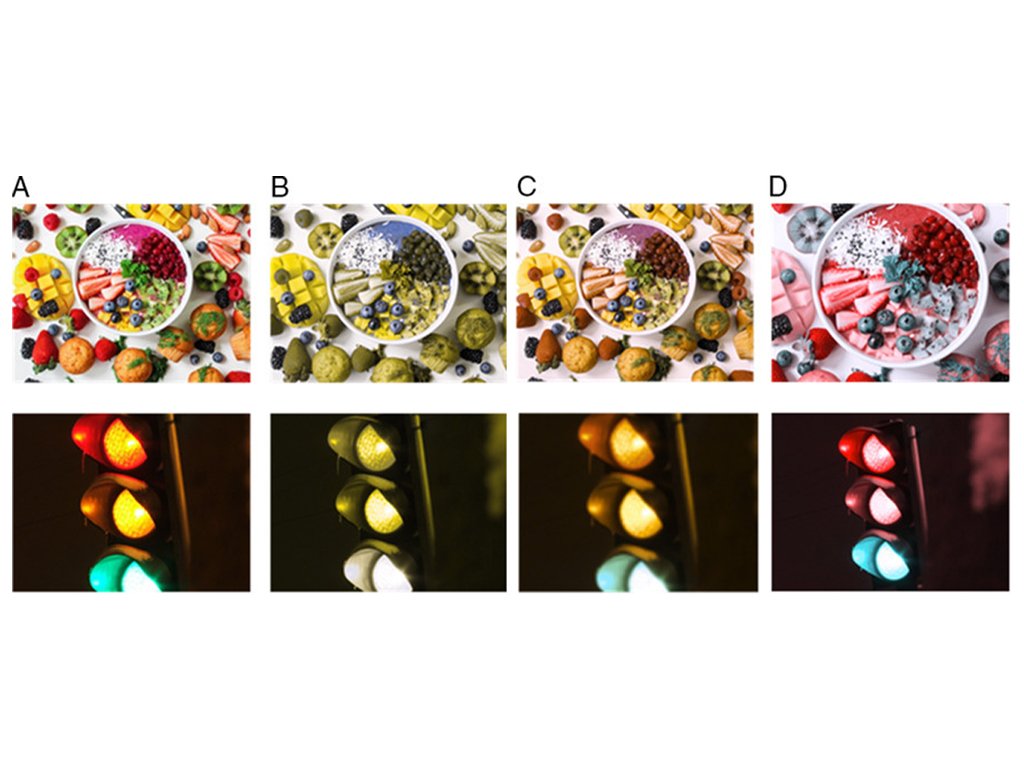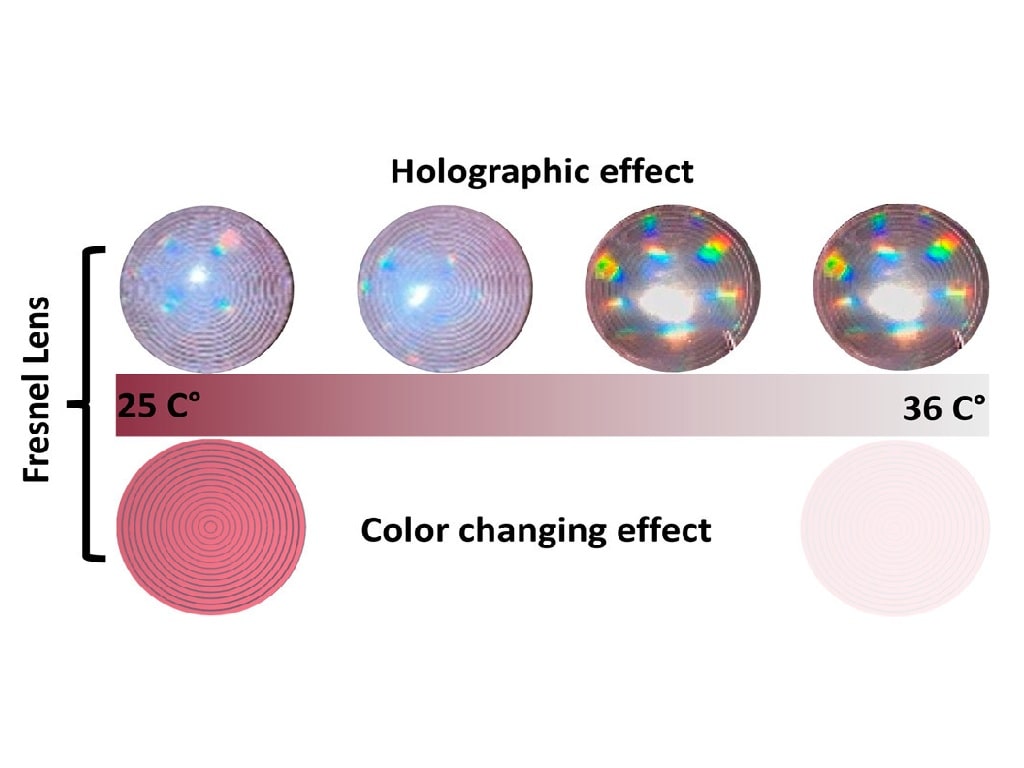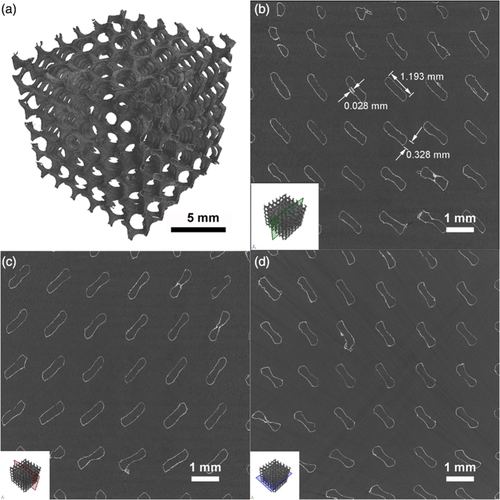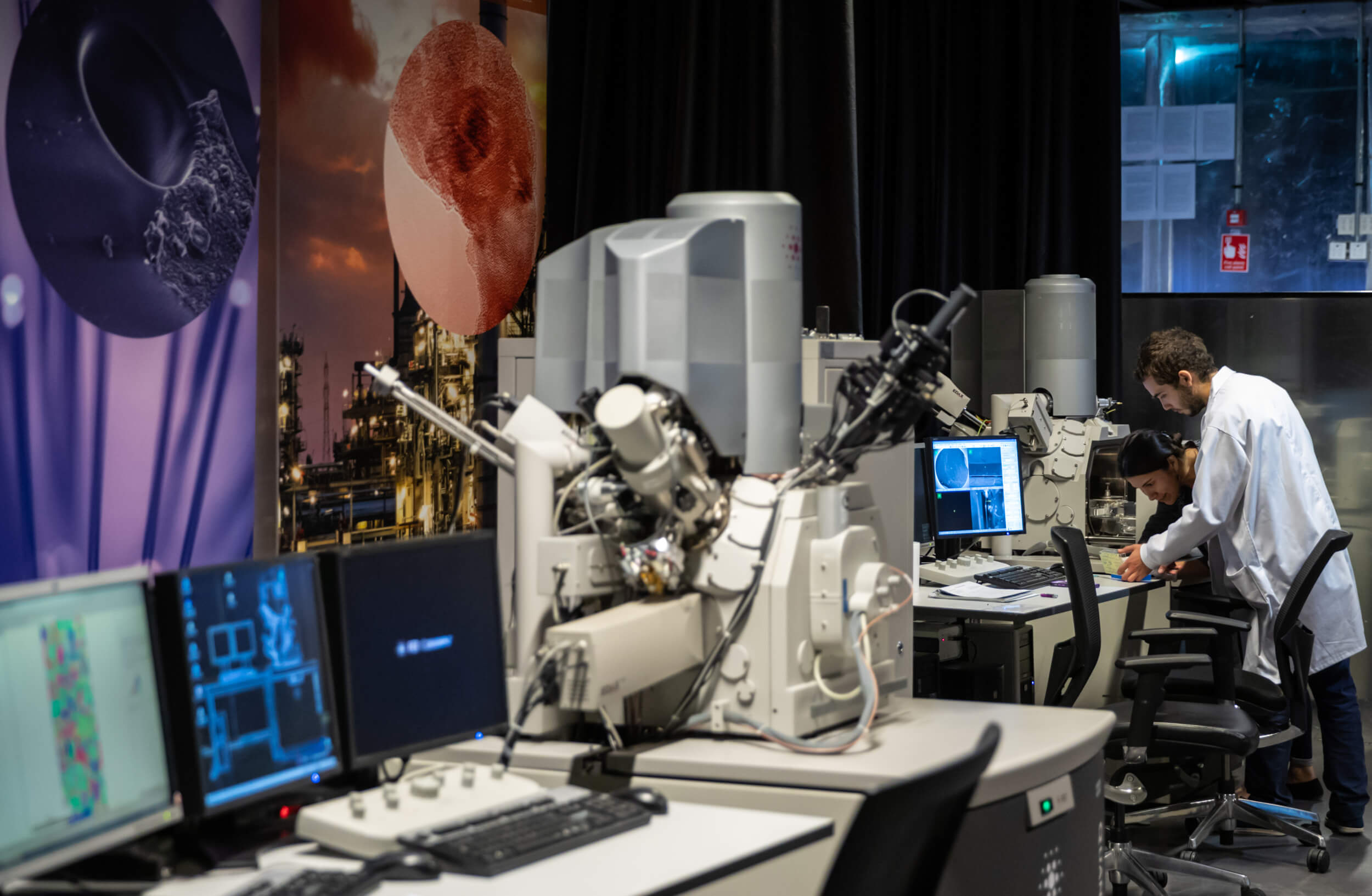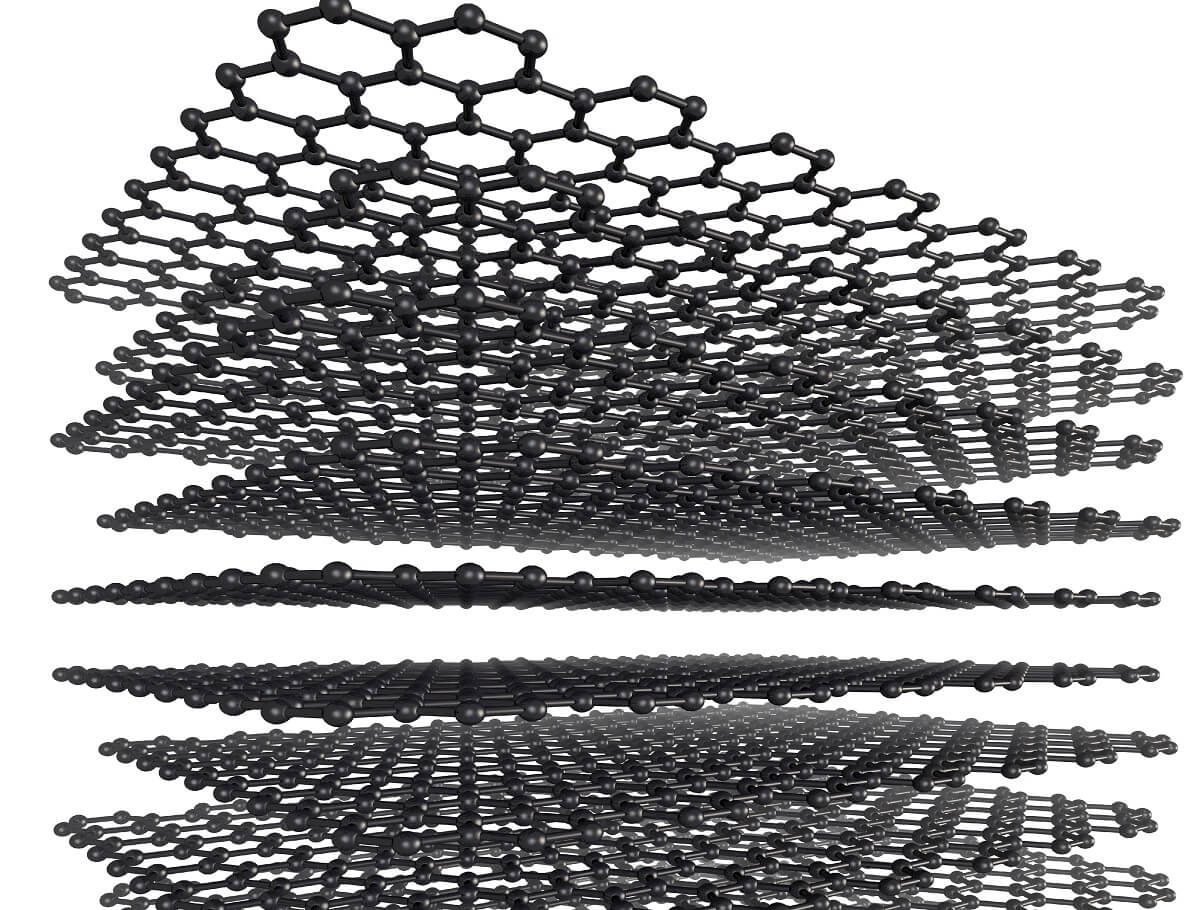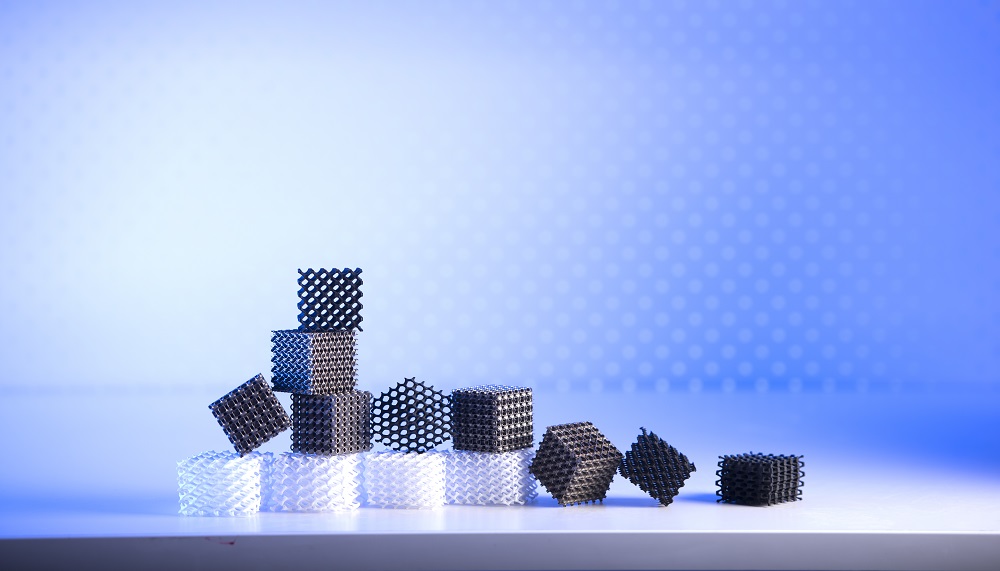
In a landmark review paper published in Advanced Engineering Materials, Dr. Rashid Abu Al-Rub, Acting Chair of Aerospace Engineering, Professor of Mechanical Engineering, and Director of the Advanced Digital and Additive Manufacturing (ADAM) Group at Khalifa University, and Dr. Oraib Al-Ketan, Post-doctoral Fellow in the ADAM Group, who recently moved to New York University Abu Dhabi (NYUAD) as a Research Scientist, have reviewed the state-of-the-art in the design, additive manufacturing, and multi-functional properties of novel types of architected metamaterials. These architected metamaterials have opened the door for more research and technological applications thanks to recent advances in digital design and additive manufacturing (so-called 3D printing).
The ADAM Group is the first R&D and educational additive manufacturing (AM) group in the region focusing on advancing state-of-the-art in AM. It provides R&D services to industries across the UAE and abroad, ensuring that the UAE remains at the forefront of AM and its application in Industry 4.0.
These architected metamaterials, which are based on mathematically-designed triply periodic minimal surfaces (TPMS), were recently lauded in Lux Research as one of the most important innovations of 2019 for their use in desalination techniques developed by KU researchers under the leadership of Professor Hassan Arafat, Director of the KU Center for Membrane and Advanced Water Technology. In fact, TPMS have been mathematically discovered more than 160 years ago, but thanks to recent advances in 3D printing they have become a reality only recently.
Now, the researchers are focusing on designing scaffolds made of the novel material for tissue engineering and bone growth. Their research is described in a paper recently published in the Journal of the Mechanical Behavior of Biomedical Materials. This work has also been done by Dr. Dong-Wook Lee, a Research Scientist in the ADAM group, and in collaboration with Dr. Reza Rowshan, Executive Director of Core Technology Platforms Operations at NYUAD, to print the scaffolds using the metallic 3D printer available at NYUAD’s Core Technology Platforms facility.
Technology is often directly or indirectly inspired by nature, with recent studies showing many biological organisms exhibit spectacular surface topography such as shape, size, and spatial organization to allow them to adapt dynamically to a wide range of environments. Topology is the study of geometrical properties and spatial relations unaffected by the continuous change of shape or size of figures. In a broader sense, these topological features seen in biological systems can change the way engineers understand surfaces and their applications in a wide range of sectors.
“The distinctive topology-driven multi-functionalities of nature’s biological systems have motivated the materials science research community to design and synthesize materials for different engineering disciplines,” explained Dr. Abu Al-Rub. “As such, cellular materials with a wide range of topological features, length scales, and structurally controlled characteristics that include high stiffness-to-weight ratio, heat dissipation control, and enhanced mechanical energy absorption have been designed for different applications, including in the biomedical sector.”
There are many biomedical applications in which an understanding of natural topography can lead to improved material designs. One such application is in tissue engineering and bone growth. According to evolutionary theory, organisms use the least materials to achieve the best performance and optimize surface topological characteristics such as geometry, density, and spatial organization. This results in sophisticated multiscale structures which offer versatile functionalities and characteristics.
Bone scaffold tissue engineering is a rapidly advancing technology, thanks in large part to the advent of additive manufacturing, or 3D printing. An ideal bone graft or scaffold should be made of biomaterials that mimic the structure and properties of natural bones. Bone comprises an open cell composite material, but its mechanical properties vary with anatomical location and the loading direction. Therefore, a biomaterial that can be changed to suit differing requirements is highly sought after.
“In biomedical applications, a large mismatch between the bone and the implant leads to stress shielding due to the uneven stress distribution at the bone-implant boundary,” explained Dr. Abu Al-Rub. “As such, cellular materials are used to tailor the properties of the implant and avoid bone resorption around the implant.”
Functionally graded and multi-morphology porous lattices are one such material of interest because of the ability to control their physical, mechanical and geometrical properties spatially. Dr. Abu Al-Rub and his team investigated the relative density grading, cell size grading and multi-morphology (lattice type grading) for sheet-based lattices with topologies based on triply periodic minimal surfaces (TPMS).
A minimal surface is a surface that is locally area-minimizing—a small piece has the smallest possible area for a surface spanning the boundary of that piece. Minimal surfaces necessarily have zero mean curvature; the sum of the principal curvatures at each point is zero. Minimal surfaces that have a crystalline structure, repeating themselves in three dimensions, are triply periodic.
“In principle, TPMS are smooth and continuous surfaces that can be described mathematically,” explained Dr. Abu Al-Rub. “These surfaces have fascinating and distinctive geometrical characteristics, for instance, a minimal surface is smooth in nature, has no sharp edges or corners, and splits the space into two or more nonintersecting, intertwined, and infinite domains that can be repeated periodically in three perpendicular directions.”
Lattices are regular, 3-dimensional, repeating structures, seen in nature as honeycombs and bones. While traditional manufacturing techniques have historically limited the ability to produce complex porous lattice structures, additive manufacturing has broadened the horizon of applications for lattice-based materials.
“Lattices are an attractive subclass of cellular materials and are widely used in the design of scaffolds and body implants,” explained Prof. Abu Al-Rub. “Advancements in fabrication techniques, specifically in additive manufacturing, facilitated their fabrication with lattices increasingly employed in biomaterials.”
Certain applications may require altering the lattice material’s volume, surface area, or pore size, depending on the intended functionality. This is known as functional grading. The ability to control unit cell size, unit cell type, and unit cell porosity can help better tailor the lattice material to meet the necessary engineering requirements.
“Functional grading is particularly important when the mechanical, physical and geometrical properties need to be tailored specifically to meet both biological, mechanical or thermal requirements concurrently,” explained Dr. Abu Al-Rub. “One example is bone implants, which are required to imitate the spatial distribution of mechanical and biological properties of natural bone. The implant should be highly porous in the middle section to allow for bone cell migration and proliferation, while the outer section needs to be highly dense to provide the desired mechanical properties.”
Trabecular bone is the porous bone tissue found at the ends of long bones like the femur, where the bone is not solid but rather full of holes connected by thin rods and plates of bone tissue. Even though it is porous, its spatial complexity contributes the maximal strength with minimum mass as it is optimized to resist loads imposed by functional activities such as running and jumping. To design the optimal bone-implant system, the mechanical properties of trabecular bone must also be understood.
“It was found that tissue regeneration progresses faster with curved surfaces as opposed to flat surfaces,” said Dr. Abu Al-Rub. “TPMS topologies exhibit mean curvatures equal to zero which resembles the mean curvature of trabecular bones.”
Previous work, covered by Dr. Abu Al-Rub and Dr. Al-Ketan in their research paper, investigated the relationship between grading approaches and the resultant mechanical and physical properties of the material. TPMS-based lattices can be categorized into solid-networks and sheet-networks depending on their scaffold architectures.
“Remarkably, the deformation behavior and mechanical properties of functionally graded and multi-morphology sheet-networks lattices have not been explored much,” said Dr. Abu Al-Rub. “We found that the deformation behavior exhibited by these lattices is very different from that observed in solid-networks or strut-based multi-morphology lattices.”
Further research into these differences will lead to improved lattice structure design for superior biomedical performance, while continued developments in additive design and manufacturing can be harnessed to integrate these complex designs into modern implants and improve clinical outcomes. Furthermore, Dr. Abu Al-Rub and his team are currently exploring other engineering applications of the developed functionally-graded TPMS metamaterials such as heat sinks and heat exchangers for thermal management, ultra-lightweight sandwich panels for aerospace structures, vibration absorbers for spacecraft systems, and catalytic supports for oil & gas industry.
Jade Sterling
News and Features Writer
21 January 2020


